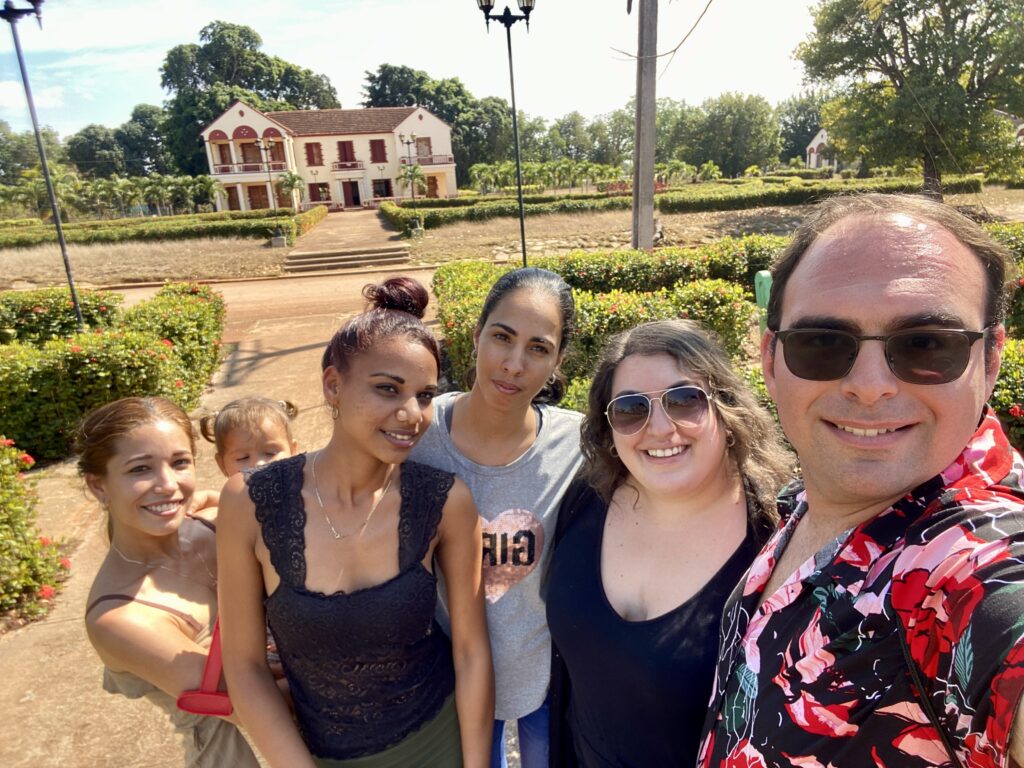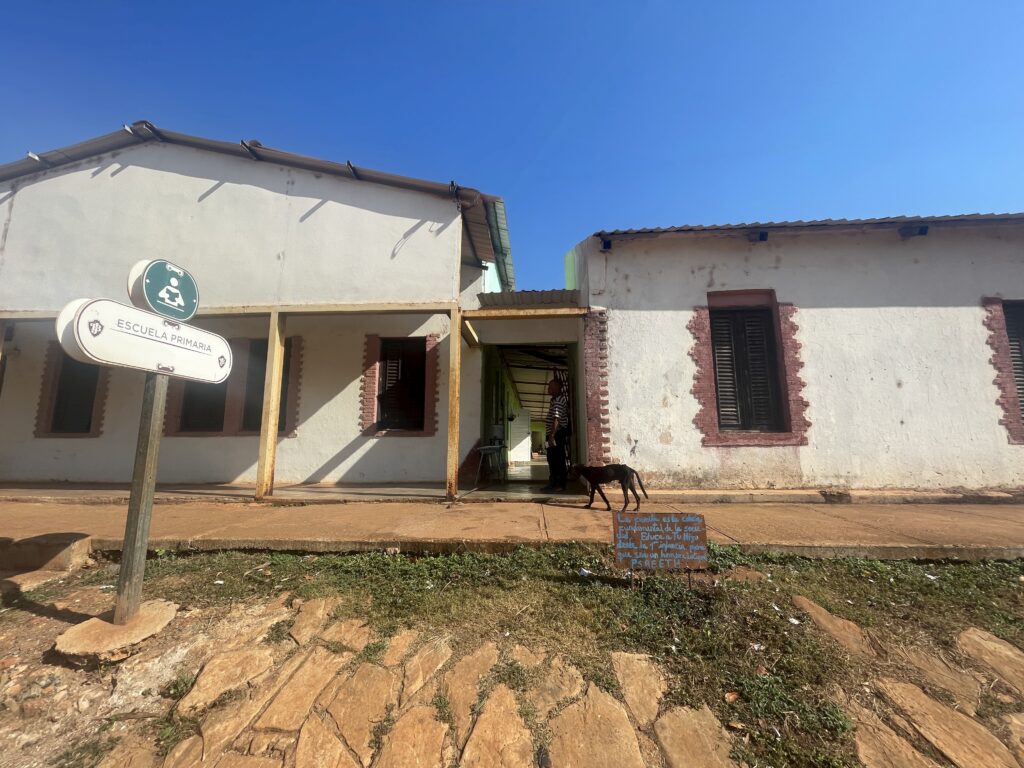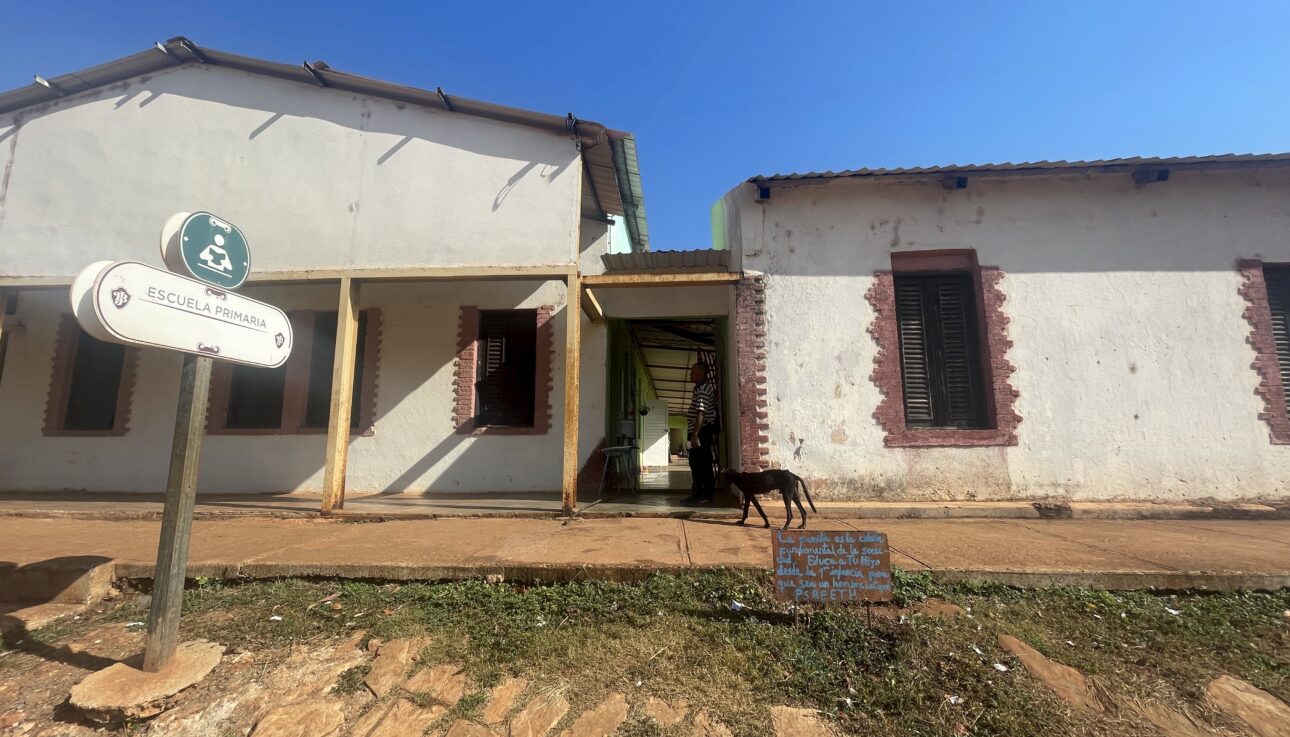For most travelers envisioning a trip to the Caribbean, thoughts often drift to sun-kissed beaches and vibrant adventures. But for us, truly immersing ourselves in the local culture also includes diving deeper and making meaningful connections with the communities we visit. During our 2023 visit to Cuba, we decided to step beyond the typical tourist path and make a tangible difference by contributing to a local school. In this article, we will share our experience of how we stepped out of our comfort zone to support education in Cuba, demonstrating that travel can be more than just an escape—it can also be an opportunity to give back.
Prior to embarking on our long-awaited vacation, we purchased stationery supplies, toys, tissues, and books for our journey. While these items may be relatively inexpensive in Canada, they hold significant value in other countries, particularly given the economic conditions there. Although we hadn’t identified a specific school prior to our arrival, we trusted that the resort staff would assist us. We inquired with the hotel receptionist about nearby schools, and she recommended the school her son attended, located in a remote rural village named Brazil. The village was situated along the road between Cayo Coco and Camaguey. We then sought assistance from the Destination Representative at the resort to arrange transportation to the school. His surprised reaction at our desire to give back underscored the rarity of such gestures.
The Day of the Donation
Upon reaching the school, we approached the office to offer our donations. The staff, initially taken aback, made a couple of phone calls to determine the next steps. To our surprise, things took a temporary unexpected twist.

We learned that, by law, schools are unable to accept donations directly. Instead, donations must be prearranged with the Ministry of Education in Camaguey. Despite the staff’s attempts to resolve the situation, the Ministry of Education could not accommodate their request. Though disappointing, the staff, appreciative of our efforts, offered to show us around the village. We walked through a small park to a café, passing a local church and engaging in discussions about life and culture in Cuba. We felt a mix of “culture shock” and semi-heartbreaking stories when imagining life there. We also stopped at a local café, and bought drinks for everyone, which they hesitated to accept due to the relative cost compared to local salaries. This moment of cultural exchange highlighted the economic disparities and offered us profound insights into daily life in Cuba.

Upon our return to the school, we were met with heartening news. The principal had contacted the Ministry of Education and advocated for our donations, emphasizing the exceptional nature of our gesture. Ultimately, the Ministry agreed to make a one-time exception, allowing us to proceed with our donation.
Following the acceptance of our contributions, the staff gave us a tour of the school, where we visited four classrooms. In each room, we introduced ourselves and explained that we were visitors from Canada. My wife, a teacher, conducted a brief lesson tailored to the subjects covered in each classroom, while I provided Spanish translation for those less fluent in English.
The children’s enthusiasm and engagement were deeply heartwarming, and we felt privileged to inspire them with new perspectives.
As our visit concluded, the office staff provided us with contact information for the Ministry of Education, advising us to arrange future donations in advance. In the end, this experience not only allowed us to contribute to a local educational institution but also enriched our understanding of Cuban culture and community values. Through our journey, we learned that meaningful travel encompasses more than sightseeing—it involves fostering connections and making a positive impact on the lives of others.

